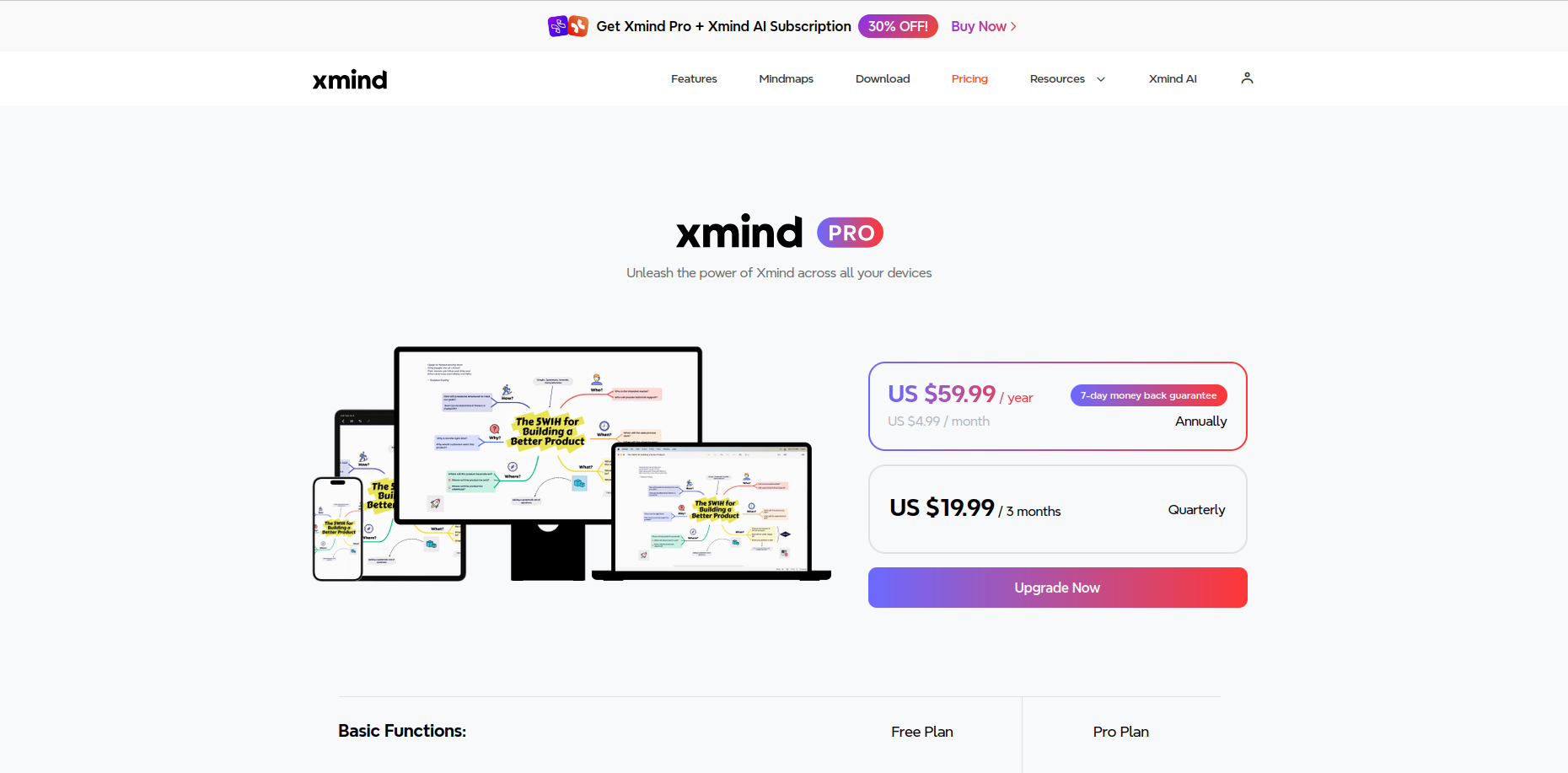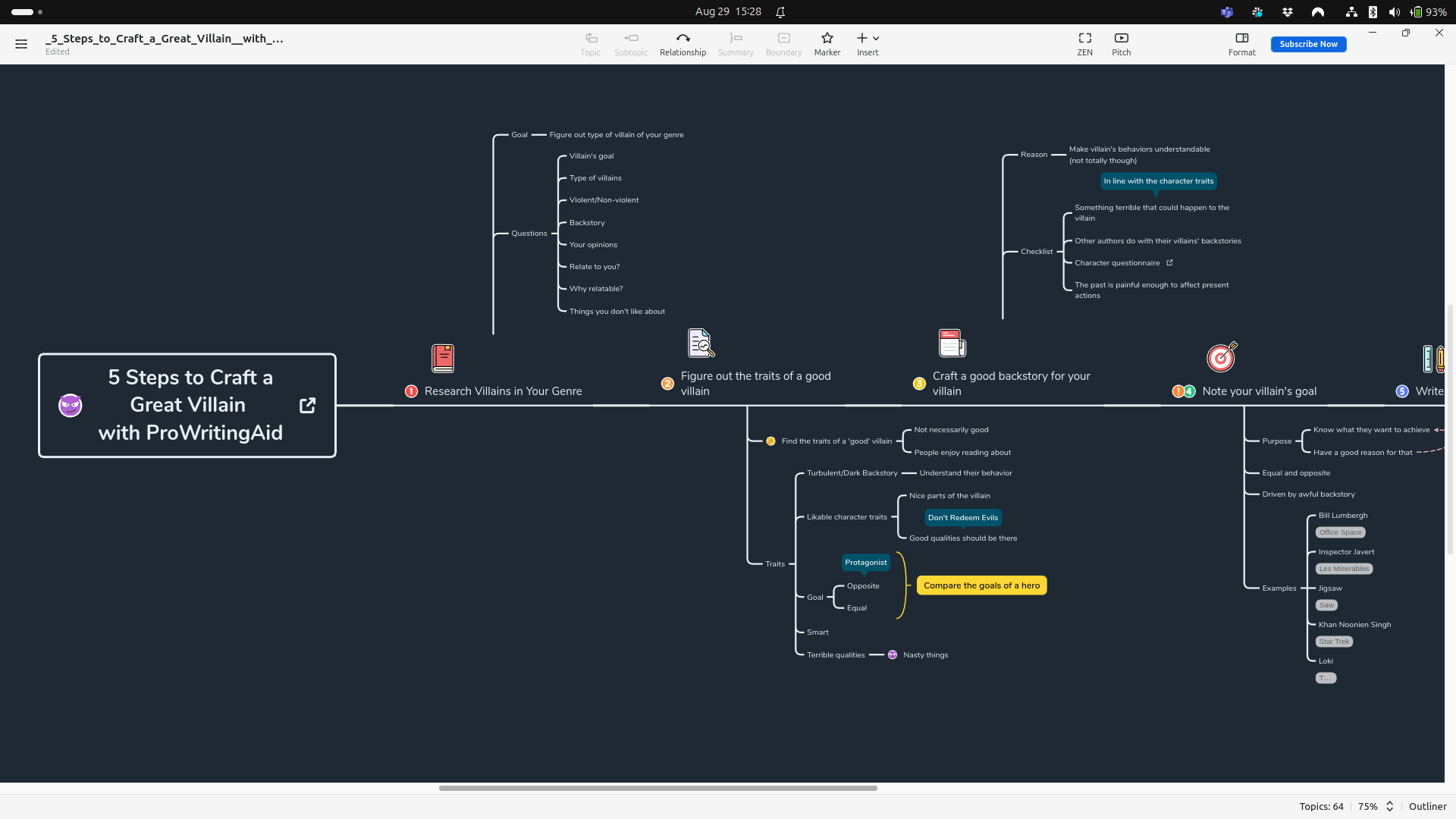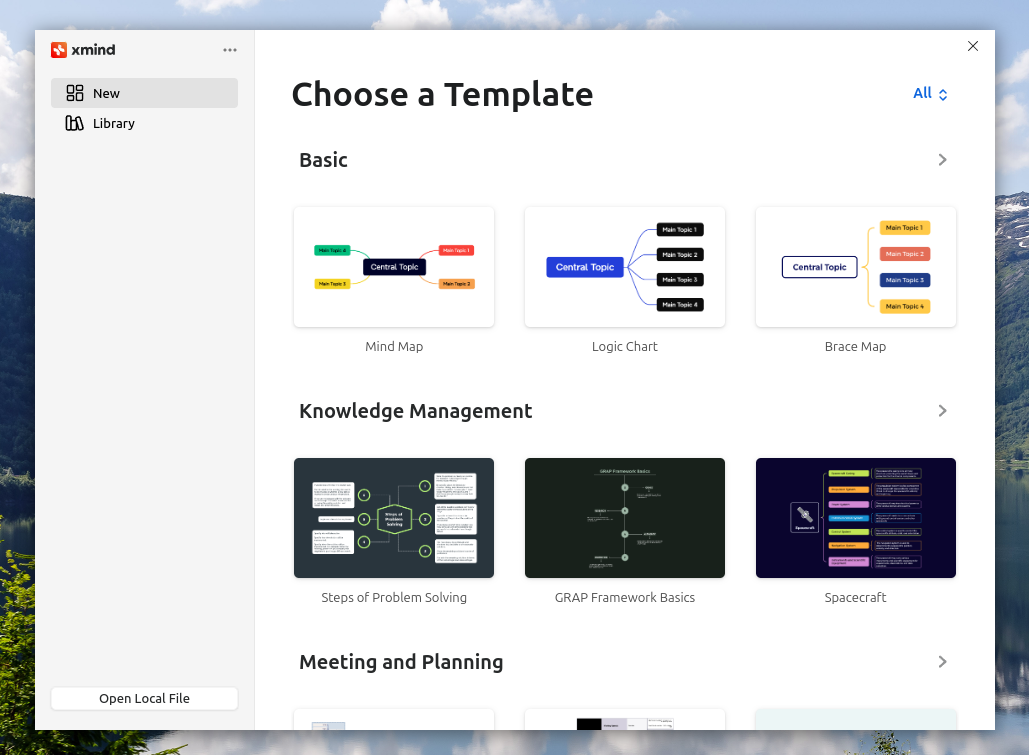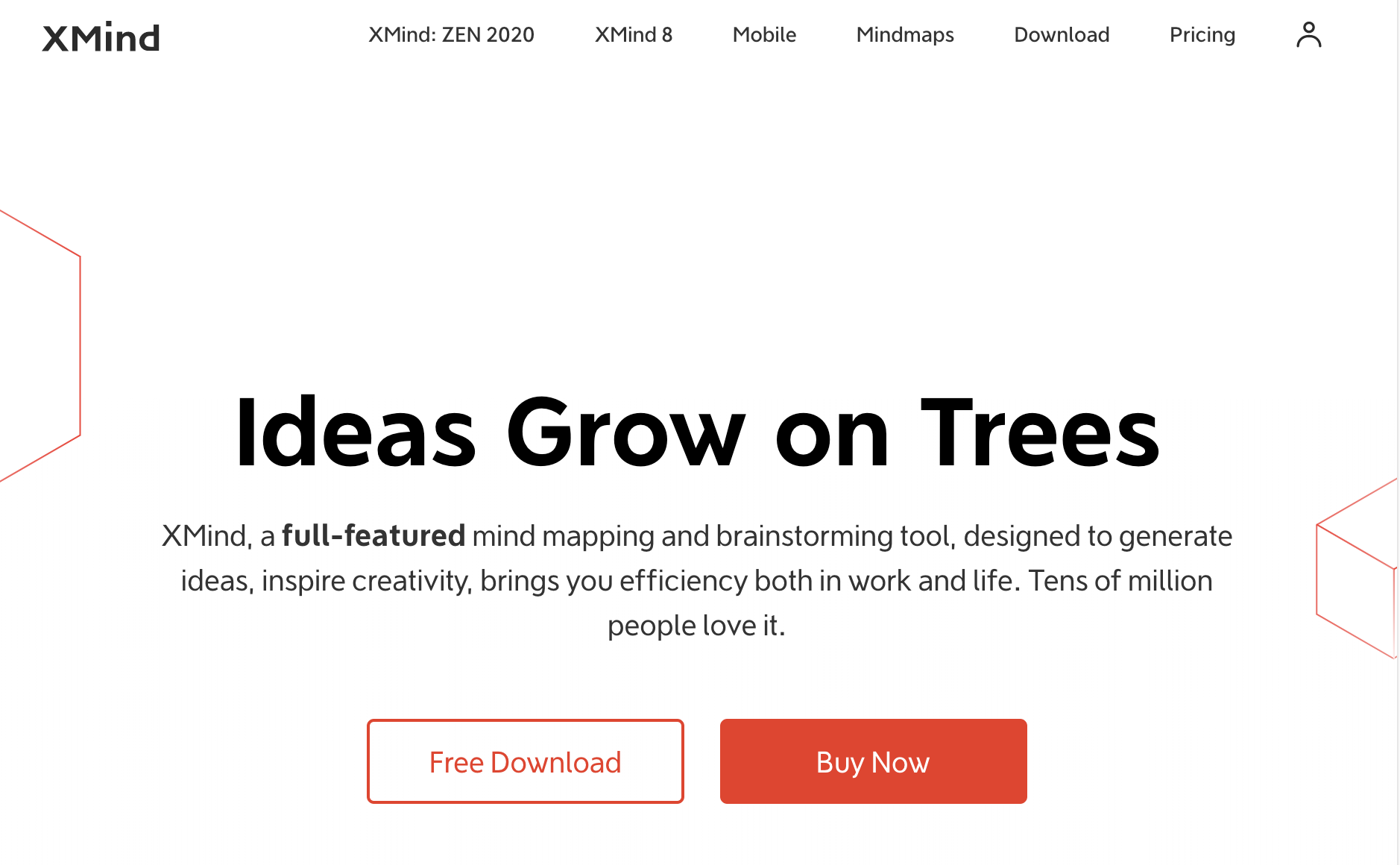TechRadar Verdict
Xmind is one of the best mind mapping tools around, facilitating easy ideation with an uncluttered user interface and easy keyboard shortcuts. However, it lacks advanced collaboration tools.
Pros
- +
Free version has plenty of features
- +
Xmind Pro is affordable and offers plenty of extended functionality
- +
Zen Mode aids with distraction-free focus on mind maps
Cons
- -
No direct file synchronization between desktop and iOS
- -
While export options are good, collaboration is limited
Why you can trust TechRadar
Grabbing ideas and presenting them in a tangible form requires fast action. Mind maps are a great bridge between inspiration and illustration – the sheer volume of mind map software available on desktop PCs alone is testament to that.
Among the more interesting apps for mind mapping is Xmind. This is an open source project with a paid option for organizations and cross-platform support for popular desktop and mobile operating systems. Because it is open source, Xmind Ltd. the company behind Xmind, has made the code base is publicly available on GitHub, where anyone can go and raise issues or suggest code changes (in the form of pull requests) to the software.
Xmind launched in 2006 and since then has been used by over 100 million global users. We’ve spent some time using this tool, assessing it based on pricing, features, ease of use, the customer support provision, and how it compares with competing tools.

Xmind: Plans and pricing
Xmind comes in free and Pro flavors, with the free option offering limited functionality beyond the basic mind map creation environment.
You can buy an annual subscription for $59.99 a year, which works out at $4.99 a month. This has a 7-day money back guarantee. Alternatively, you can use the quarterly payment option of $19.99 every 3 months. Note that this does not come with a money-back offer, however.
Alternative packages are available, however – if you work in academia, it is $34.99 a year, while government departments, NGOs, and NPOs can get Xmind for $41.99 a year. Different pricing is available on request for enterprise and volume licensing.
The best way to use Xmind is to start off with the free version, but in this version, select features are inactive and any images or PDFs you export will display Xmind watermarks.
Sign up to the TechRadar Pro newsletter to get all the top news, opinion, features and guidance your business needs to succeed!

Xmind: Features
The software is available for Windows, Mac, Linux, iOS and iPad OS, and Android.
Xmind is geared toward the creation of non-linear documents, but if you need something with a more linear format, the application allows you to convert easily between outlines and mind maps.
What you get for free is pretty good: unlimited topics and maps, support for logic charts, brace maps, fishbones, timelines, and other map types, and a file cache. You also get to access the template library. Basic topic elements (notes, labels, stickers, summaries) are included, along with the outline feature, rich text styles, and smart color themes. You can also export your mind map to PNG and PDF.
So while Xmind’s free version includes just basic tools, Xmind Pro includes more professional-grade features and functionality like the ability to create Gantt Charts and slide-based presentations, access to more export options, and increased control over the aesthetics of your files.
Xmind Pro users also enjoy the same abilities to create mind maps. However, instead of being able to manage tasks and goals with Outliner, Pro users can create business charts and Gantt Views, get support for brainstorming, switch into presentation mode, and export to a greater number of file types. Xmind Pro users get priority support, too.
Zen Mode is worth mentioning. It features a cleaner, more modern UI/UX. It makes the app’s main pane full screen, reducing menu options to shadows in the top-right corner. It is a really interesting way to mind map, and is completely distraction free.
(Xmind also offers Xmind AI, a web-based tool available with free and paid tiers, with Copilot enhancement. However, in our opinion it isn’t yet developed enough for a full review, and testing demonstrates that it is some way from being an adequate replacement for Xmind.)

Xmind: Ease of use
Upon loading up Xmind you need to create an account or sign in using an existing Apple or Google. After a couple of clicks, you’ll see the option to create a new mind map from scratch, or select one from the template library. These are fully-populated mind maps (and other diagram types) that you can edit, but as they feature useful information, they’re also worth spending some time viewing.
Running the software for the first time initiates a series of basic guides to help you build your first mind map. It’s a simple approach that relies on Tab, Enter, and Space keys, so that your hand never needs to leave the keyboard.
Most of the functionality you need from Xmind can be accessed using the toolbar at the top of the page. This is also where you can activate Zen Mode.

Xmind: Customer support
To help you use the software, the Xmind website provides a user guide and video tutorials. These aim to get you started as quickly as possible and demonstrate advanced use of the software.
Xmind offers you several ways to get in touch regarding your questions and concerns. The Help Center features a knowledge base, as well as forums for you to ask your questions and a page for you to provide suggestions for improvements. There’s also the Xmind blog, which is a good source for announcements, news, and special offers.
If you want to talk to someone on the Xmind team, you can send them an email or reach out via Discord.

Xmind: The competition
Xmind isn’t the only tool on the market supporting idea generation. Two key competitors are Ayoa and MindMeister.
Ayoa has great collaboration tools, something that Xmind does not, but aside from that difference they’re both pretty similar. Each tool is easy to use and provides a focused work space for ideation and mapping.
Meanwhile, MindMeister is a web-based mind mapping tool that features robust collaboration features and allows you to export your files in a number of formats. It has a modern, easy-to-use interface and offers a free plan that allows you to get a feel for the product. However, to access all of the features, you will need to upgrade to a paid subscription.
Xmind: Final verdict
Xmind is a mind mapping/brainstorming tool that offers its users a lot of features and functionality. While there is a divide between its free and Pro packages, there is enough in the free option to entice you into the upgrade should you need more functionality. The paid version is affordable enough, although the bulk pricing may put you off.
In a market populated by mind mapping tools of varying quality, Xmind stands out as one of the best around. It is simply a pleasure to use, encouraging frictionless “mindflow” from head to screen.
We list the best free Gantt chart software.
